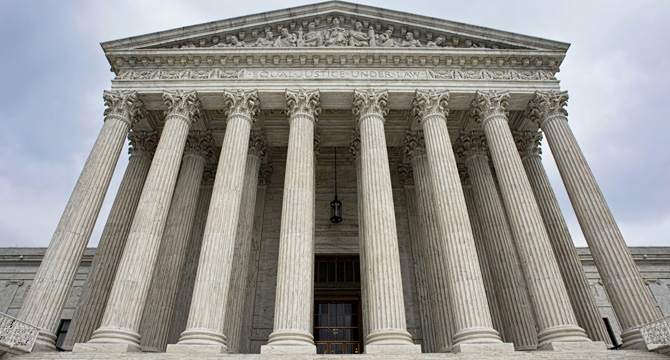
We are now a little over a month since the Supreme Court issued its decision in SAS Institute v. Iancu, where the Court held that “[w]hen the Patent Office institutes an inter partes review, it must decide the patentability of all of the claims the petitioner has challenged.” As previously reported, the PTAB issued Guidance on the impact of SAS on AIA trial proceedings and immediately started implementing its interpretation of SAS Institute, including the issuance of “order[s] supplementing [an] institution decision” for partially instituted proceedings to include all challenged claims and all challenged grounds. As of the time of this post, the authors were able to identify over 300 of these types of orders – the last of which issued on May 24. At this point, it is expected the vast majority of orders modifying the scope of trial have been issued by the PTAB.
As for new institution decisions, there is now a more statistically significant set from the last month, and the institution rate of 63%[1] during that period remains consistent with the most recently published PTAB statistics showing an FY18 institution rate of 62%. As for the decisions themselves, the PTAB has continued its trend of issuing decisions with a similar level of detail as those pre-SAS. These decisions often include discussions of how the Petitioner “has not set forth sufficient evidence to establish a reasonable likelihood” with respect to certain grounds of unpatentability included in the trial.[2] However, where Patent Owner has failed to address certain of Petitioner’s arguments or the dependent claims in its Preliminary Response, the PTAB has in at least one instance declined to offer further guidance beyond analysis of the contested issues.[3]
Other interesting trends and events have also emerged. For example, in Cisco Systems, Inc., et al. v. Oyster Optics, LLC, Patent Owner Oyster Optics has set forth a procedural challenge to the PTAB’s original partial institution decision and its subsequent order modifying the scope of trial.[4] According to Oyster Optics, the proceeding should be dismissed because (1) the PTAB’s modification of its own institution decision “improperly attempts to address, without the statutorily-mandated rulemaking, how to govern a proceeding covering all challenged claims, including those challenged claims for which a petitioner failed to establish a reasonable likelihood of prevailing,” and (2) that “the Board lacks authority to modify an unlawful institution decision once the statutory timeframe for issuing an institution decision has expired.” Time will tell how the PTAB responds to these procedural arguments, which were similarly asserted by Oyster Optics in IPR2017-01720, -01719, and -01724.
As to newly instituted grounds, in some circumstances Patent Owner and Petitioner have agreed to withdraw such grounds of unpatentability that were originally not part of a trial but were added by the PTAB in response to SAS. An example of this is One World Technologies, Inc. v. The Chamberlain Group, Inc., where a newly instituted ground was withdrawn by agreement.[5] Relatedly, the PTAB has declined to decide estoppel issues as not ripe in the circumstances where parties have attempted to stipulate that there would be no estoppel as against prior art that was newly added post SAS, but that the parties agreed should be withdrawn.[6] Instead, the PTAB has indicated decisions as to application of estoppel “will be made by the Office when the issue is ripe for a decision.”
Thus, compared to just two weeks in with SAS, the bar has more experience to draw on not only from the PTAB’s application of SAS but also how Patent Owners and Petitioners are reacting. As the post-SAS period continues, that experience will continue to grow, including further strategic changes for Petition Filings and Preliminary Patent Owner Responses. Here, as noted in our previous SAS posting, Foley is continuing to develop a webinar to cover these and other topics during the third week of June, which will be announced shortly.
[1] Total of 126 decisions since April 25: 80 Instituting Trial, 46 Not Instituting Trial
[2] See e.g., Hoya Optical Labs of Amer., Inc. v. Inland Diamond Prods. Co., IPR2018-00178, Paper 11, 30-32 and 39-40 (May 24, 2018).
[3] See e.g., Syrinix, Inc. v. Blacoh Fluid Control, Inc., IPR2018-00415, Paper 7, 17-19 (May 29, 2018).
[4] See IPR2017-01725, Paper 18, 9-15 (May 25, 2018).
[5] IPR2017-01137, Paper 22 (May 16, 2018) (motion); IPR2017-01137, Paper 23 (May 17, 2018) (order).
[6] See Ooma, Inc. v. Deep Green Wireless LLC, IPR2017-01541, Paper 25 (May 23, 2018) (order).
